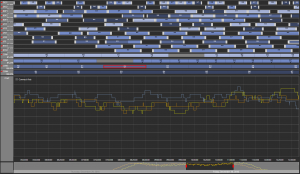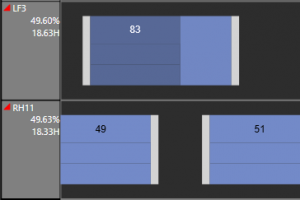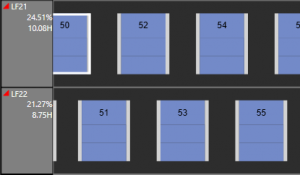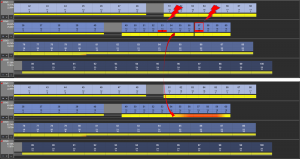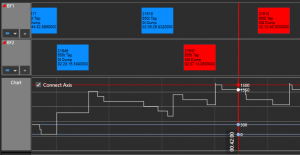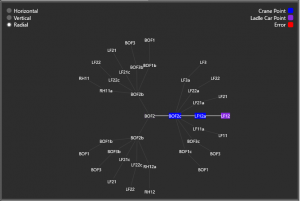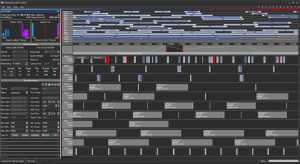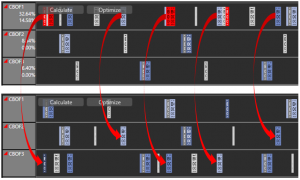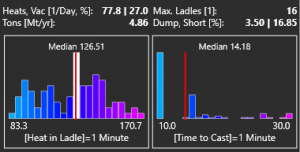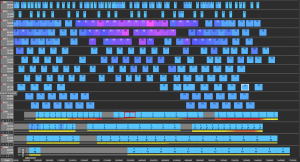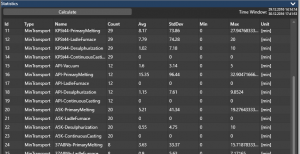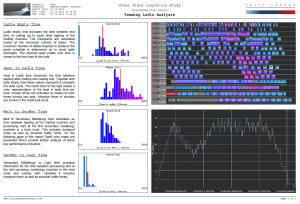Factorysense Steel Control
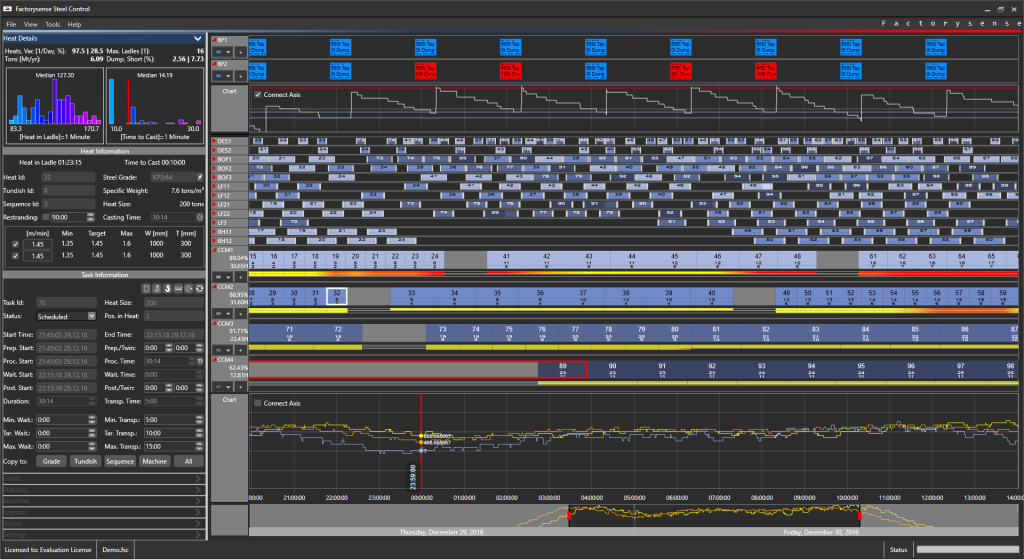
Overview
Application- Plan production rates of steel making plants
- Align iron production steel making production with continuous casting
- Define production routes and assign heats to machines
- Featuring electric arc furnace and converter steel making plants
- Optimization for heat pacing calculation
- Calculate casting speeds within feasible ranges
- Optimization algorithms based on mixed integer and linear programming solvers
- Interactive Gantt chart for best assignment to available machines
- Steel production, steel consumption, and casting speed charts
- Interactive histograms to visualize statistical distributions of key performance indicators
- Analysis grid for key performance indicators
- Export of Transport orders to csv file for later import into Factorysense Crane Simulation
- Export of Factorysense 4D transport segments, for purposes of 3D visualization
Features
Number of Teeming Ladles